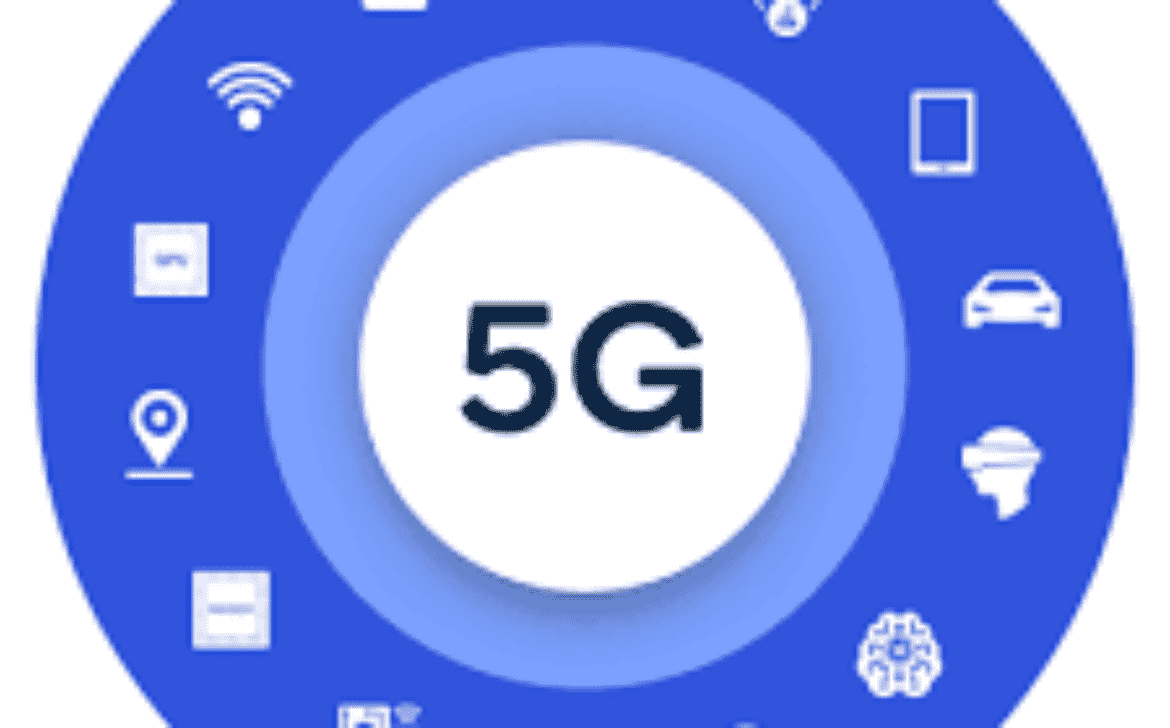Future of Robotics

The realm of robotics, once confined to the realms of science fiction, has now become an integral part of our reality. From manufacturing floors to healthcare facilities and even our homes, robots are transforming the way we live and work. In this blog post, we’ll delve into the fascinating world of robotics, examining its current state, potential applications, and the ethical considerations that arise as machines become more intertwined with our daily lives.
The Evolution of Robotics: From Fiction to Fact
The concept of robots dates back centuries, but it wasn’t until the 20th century that tangible progress began. Today, we’re witnessing the culmination of decades of research and development, resulting in robots that can perform tasks autonomously, learn from experience, and adapt to changing environments.
Types of Robots and Their Applications
- Industrial Robots: These robots have been a cornerstone of manufacturing for years, performing tasks that are repetitive, dangerous, or require extreme precision. They have revolutionized industries such as automotive manufacturing and electronics assembly.
- Medical Robots: In the field of healthcare, robots are assisting surgeons with precision operations, performing tasks like minimally invasive surgeries. They’re also used for rehabilitation and patient care, aiding in physical therapy and mobility assistance.
- Service Robots: These robots are designed to interact with humans and assist in various scenarios. They can range from delivery robots that bring packages to your doorstep to social robots that offer companionship and support for the elderly.
- Agricultural Robots: Robotics is making its mark in agriculture as well, with drones and autonomous vehicles being used for precision farming, monitoring crops, and optimizing irrigation.
The Role of Artificial Intelligence
The integration of artificial intelligence (AI) has propelled robotics to new heights. AI enables robots to process large amounts of data, recognize patterns, and make decisions based on real-time information. This synergy has led to the development of robots that can learn and adapt, enhancing their ability to perform complex tasks.
Human-Robot Collaboration: Redefining Workspaces
Rather than replacing humans, modern robotics is focused on collaborating with them. Cobots (collaborative robots) are designed to work alongside humans in factories, enhancing productivity and safety. This harmonious interaction between humans and robots is redefining traditional workspaces and promoting efficiency.
Ethical Considerations and Challenges
As robotics becomes more intertwined with our lives, ethical questions arise. These include concerns about job displacement due to automation, privacy issues related to robots collecting personal data, and the potential for robots to make decisions that have ethical implications. Striking a balance between technological advancement and ethical responsibility is crucial.
The Path to Industry 4.0: Robotics and Automation
The convergence of robotics, AI, and the Internet of Things (IoT) is driving what’s known as Industry 4.0 – the fourth industrial revolution. Smart factories are utilizing interconnected machines and autonomous robots to streamline processes, reduce errors, and increase efficiency. This transformation promises to reshape industries and create new opportunities for innovation and growth.
Innovation on the Horizon
The journey of robotics is far from over. As technology advances, we can anticipate several exciting trends:
- Soft Robotics: Inspired by biology, soft robots are designed with flexible materials that mimic natural movements. They hold promise for delicate tasks and interactions in environments that are challenging for traditional rigid robots.
- Autonomous Vehicles: Beyond manufacturing, robots are venturing into the realm of transportation. Autonomous vehicles, from self-driving cars to drones, have the potential to revolutionize mobility and logistics.
- Robots in Space Exploration: Robots have already played a pivotal role in space exploration, and as we venture further into the cosmos, advanced robots will be essential for conducting experiments, collecting data, and even constructing habitats on other planets.

























